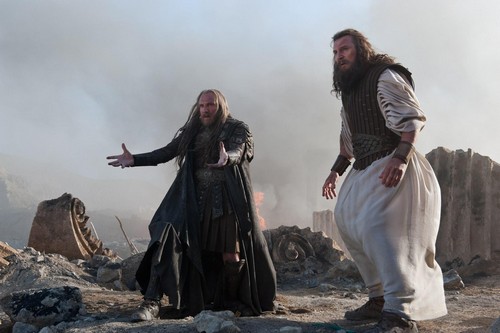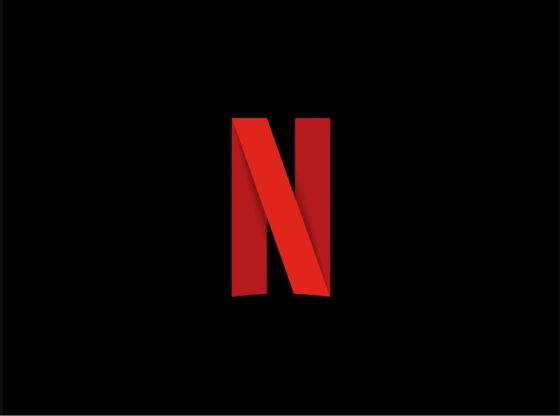 Photo by: collider.com
Photo by: collider.com
Two years after the remake of the 1981 film “Clash of the Titans,” Legendary Pictures and director Jonathan Liebesman offer its high-reaching, but lackluster, sequel “Wrath of the Titans.”
The film continues with the story of demigod Perseus (Sam Worthington), the son of Zeus (Liam Neeson). He finds himself as humanity’s last hope as Zeus and the rest of the gods are on their way out and the titan lord Kronos (played by who) returns to rule the world once more.
Driven to ensure his son’s safety, Perseus joins Queen Andromeda (Rosamund Pike) and his cousin Agenor (Toby Kebbell), son of Poseidon (Danny Huston), on a quest to stop the rise of Kronos and the inevitable fall of humanity.
Loosely following mythological canon, the film incorporates the myth of Theseus, effectively replacing him with Perseus, and the Minotaur, complete with labyrinth.
The film keeps a fast-paced plot, but rarely requires the audience’s attention. Once basic plot points have been established, there is little to explain or elaborate upon and much of the film’s development is left to computer-generated graphics and action sequences.
Visual effects are clearly emphasized in the film, particularly in the 3-D version. Computer-generated monsters are ever-present on screen and even much of the scenery is left to digital fabrication. This adds little to the film’s value. These fantastical backdrops are hardly breathtaking and the monsters are unspectacular, leaving the audience wanting more.
In fact, the film fights itself constantly, attempting to ground the film in some degree of believability, but failing outright at every turn. Clearly a story involving fantastic monsters and immortals will never be based in reality, but this does not excuse the complete lack of immersion viewers will experience.
Continuing its trend of mediocrity, the film’s acting, as a whole, falls flat. Despite such big name stars such as Neeson, Fiennes (who plays Hades) and Worthington, little pathos or conviction is displayed by any of the leading cast.
Instead, the entire cast appears to be held together by faint connections, visible enough ties exist between them, but faint enough to feel wooden and unimportant. Not until the end of the film are these strings pulled, attempting to reveal a web of interesting plot, but instead resulting in the characters falling through large, gaping holes. Perhaps, the best performance is delivered by Pike, whose character actually appears to care for humanity, her people and Perseus, yet even her performance is not worth seeing.
The movie uses a heavy, suspenseful and orchestral soundtrack, setting the tone for the near constant skirmishes the heroes find themselves in throughout the film. Unfortunately, though the battles are frequent, there is little reason to become excited about them.
The smaller battles on the outskirt of the plot are uninteresting and serve merely as a distraction to the main plot. Even the climax of the film produces a fight that is, ironically, highly anticlimactic. This can likely be attributed to the fact most clashes occur between the actors and a CGI creatures; rather than two actors. Worthington is used to this, considering his work in “Avatar,” but it’s still uncomfortable watching Neeson and Fiennes, two of Hollywood’s best, work on such a dull, valueless project.
In keeping with similar critical complaints about the movie’s predecessor, “Wrath of the Titans” continues with its tradition of mediocrity. The film leaves an open ending with the possibility of a trilogy, but one can only hope this will not come to pass.











